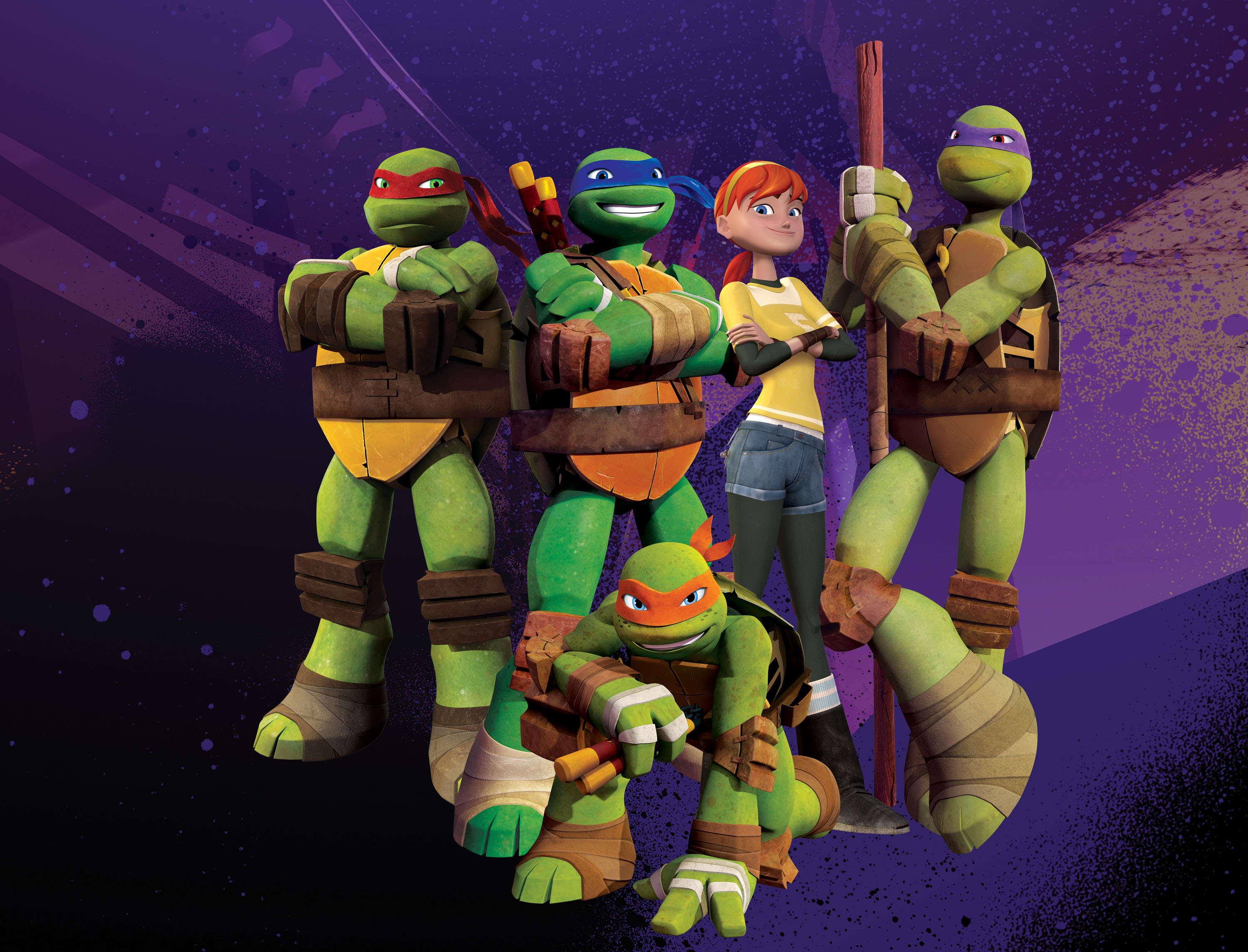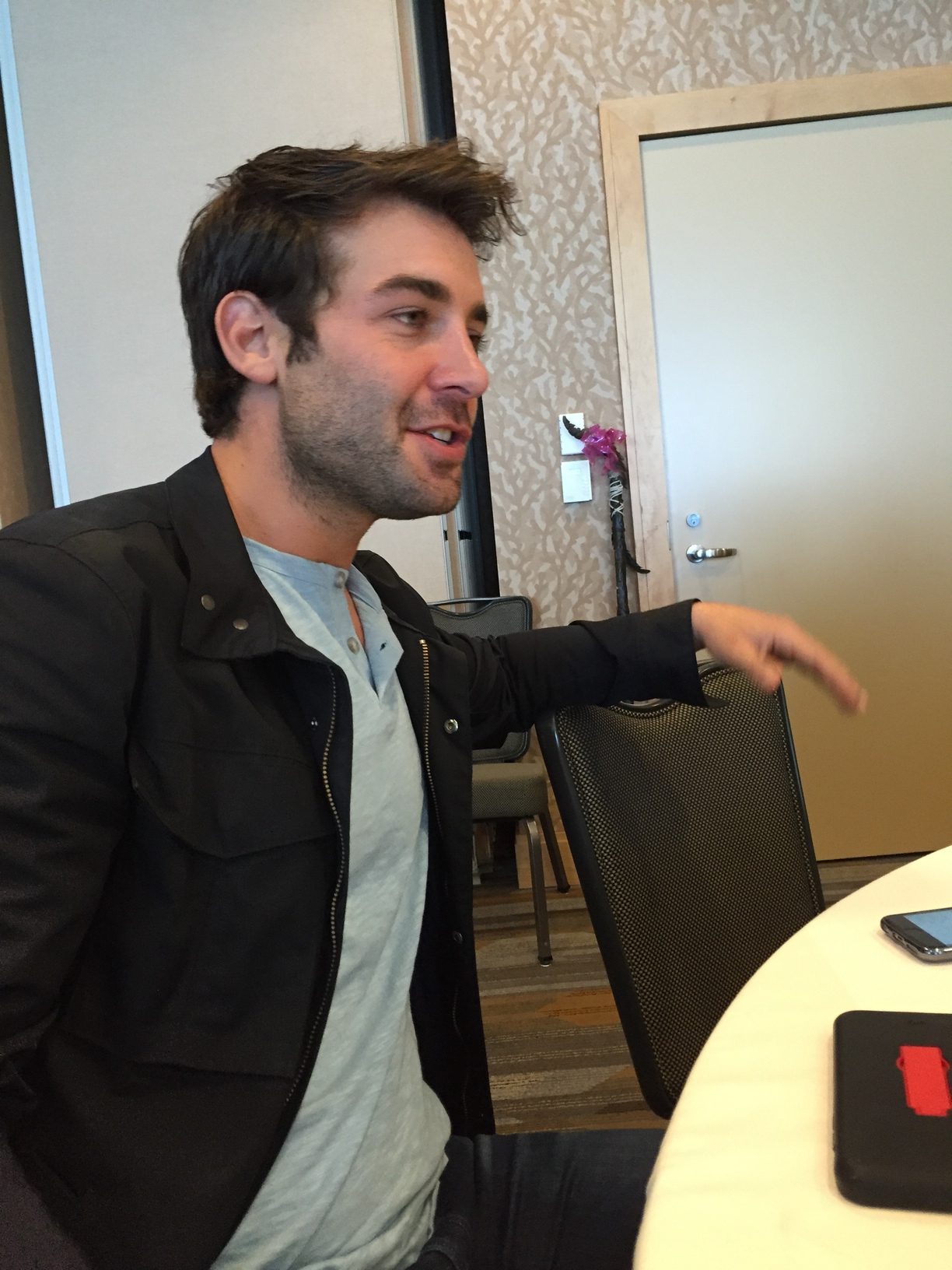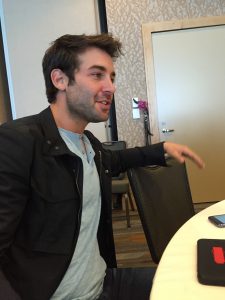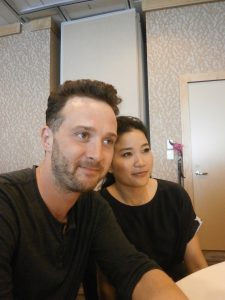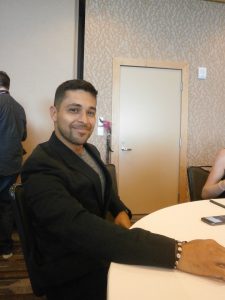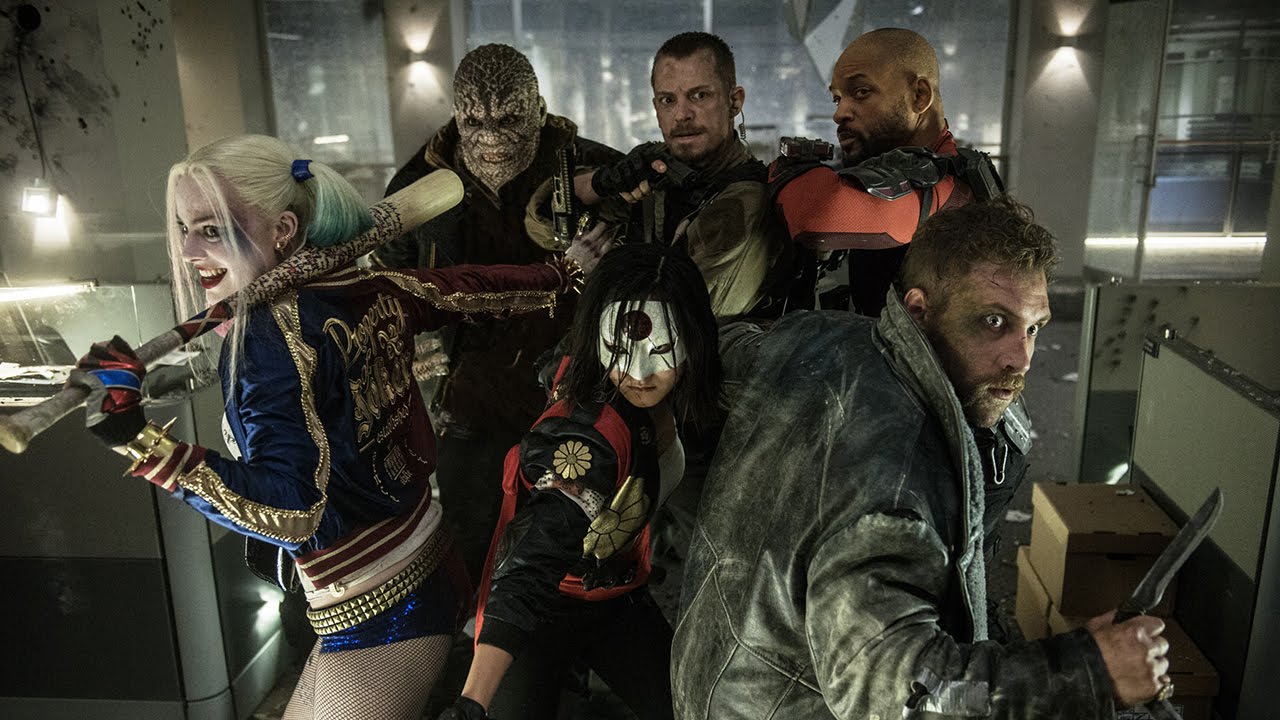Interview: Sebastian Evans, Composer of “Teenage Mutant Ninja Turtles”
Posted on August 4, 2016 at 3:55 pm

Sebastian Evans is the composer whose music instantly puts kids in the world of the Teenage Mutant Ninja Turtles, with enough of the original melody to be familiar to parents who grew up with the heroes on the half-shell but enough that is new to match the fresh and exciting updates in the series and feel contemporary for today’s kids. In an interview, Evans spoke about his earliest memories of playing music and which movie composers he admires the most.
Where did you grow up and what was the first instrument you played?
Most of my early childhood was spent in the Bay Area/Alameda County part of Northern California. Though I lived in Hayward, I suppose I spent most of my time in Oakland and San Leandro. When I was 10, my family moved to Vacaville.
My parents would say the first instrument I played was drums. In the kitchen. Using wooden spoons for drum sticks and pots and pans for drums. For hours on end. I don’t remember that so I must have been really young. But if that doesn’t count, it would have to be a “Casio SK-8 keyboard” that I got when I was around 7 or 8 years old for Christmas. It had some kind of click-in hard drive pack that could record and playback what you played. It also had a training mode where you could follow along as it played songs. I think my parents were surprised at how dedicated I was to learning how to play the songs it came with as well as making up stuff and recording it. I also wouldn’t go anywhere without it.
How is composing for TV and film different from writing a song?

I believe that writing a song is just a form of self-expression at its core. A song, or even an album for that matter, is all about what I feel, what I think, what concerns ME, etc. Or what makes US happy or sad if it’s a band or group. Writing a song is a bit one sided as far as perspective goes by nature. When I write music for TV or film its not just self-expression. I think a composer’s job is to convey those aspects of the human condition in characters and environments made up out of thin air. I’m trying to convey moods, tone and emotions from multiple perspectives. There’s a little more “extrospection” required. I should be clear that music is just one form of art out of many working in concert to achieve that purpose. I believe that my self-reflections on my own emotions from past experiences inform those perspectives so that’s where the self-expression comes into play but it is different even if it’s just a slight difference.
At what point in the production do you get involved and what does the director give you by way of guidance?
I usually have an initial meeting with the producer and the director about 2 or 3 months prior to post production. When we get a little closer to a locked picture of an episode that’s when I usually have an in depth discussion with the director about what’s needed. Every director I’ve worked with is different. Some want to hear your thoughts on how you’d approach the project and go from there. Other times a director will have a pretty solid idea on what is needed musically and then the process starts from trying to realize that idea. Some are a hybrid of both. For me, the director is the most important creative person on a project because that is the only person that has an all-encompassing vision of the project. How I approach any project always starts with the director.
How does the theme for the new TMNT echo the original series and what did you do to make it fresh?
Well, minus the melody, the chorus is pretty much the same. I will say that it was a significant challenge to create a new version of something that has been a constant earworm since childhood. So when Nickelodeon requested I take a stab at remaking it I was initially at a lost. But one day I was driving somewhere with my iTunes library blasting on random when “Intergalactic” by the Beastie Boys came on. I had an “ah ha!” moment. I’ll make it a rap! After that epiphany the theme came very quickly and easily. It’s a fun hip hop song with a super hero-ish undertone.
Which is your favorite turtle and why?
It’s always been Donatello. I’ve always identified aspects of other characters I like in him. He’s R2-D2-like in his focus and resourcefulness. He’s Batman-like in his detective-like attention to detail as well as his intelligence and ability to create tools to give the turtles an edge over the enemy. He’s Clark Kent-like in his awkwardness and sincerity when interacting with others. Also, he’s just a genius!
How is writing for series aimed at kids different from writing for edgier series designed for adult audiences?
Well, full disclosure: I have not yet had the chance to write for a series geared towards adult audiences. But I would imagine that the score for an adult show would be far more subtle and intricate. Most animated shows aimed at a younger audience utilize music as well as sound effects more conspicuously to embellish visual aspects of a scene in order to obtain the same sense of realism you get while watching a filmed show. Though the voice actors are always amazing, the facial expressions and body language of the characters are created at a different time. So music and sound is also leaned on to re-assemble the voice actors performance with the visual artists’ interpretation. For the most part, scores for adult shows are understated. You’re really going for a more visceral connection with the audience. At least until the army invades or a building blows up.
Do you ever bring in unusual instruments or sounds?
Yeah. Sometimes you need different tools to get across what you want. In the second season of TMNT I used a theremin for the Dimension X theme. I really wanted to bring that 50’s sci-fi horror/Mars Attacks vibe to it. The sound of the theremin carries those connotations with it and fit perfectly with what I was trying to convey.
Do you have a favorite classic movie score or composer?
Michael Nyman’s score for “The Piano” has to be my favorite score. I can’t say I have one favorite composer. Thomas Newman, Nobuo Uematsu, Jon Brion, Edvard Grieg, Danny Elfman, Peter Tchaikovsky, Jeff Beal, Bernard Herrmann. John Williams, of course. I’m a big fan of Michael Giacchino who’s doing amazing things right now. I’m sure that list would change slightly depending on what day I was asked.
If you could compose for any movie, would you pick sci-fi, action/adventure, comedy, or drama?
If I were to think practically, I’d say drama. It’s what comes to me naturally and it’s what I feel most at my core. But I’d love to create a huge epic score for an awesome sci-fi or fantasy movie or series.

